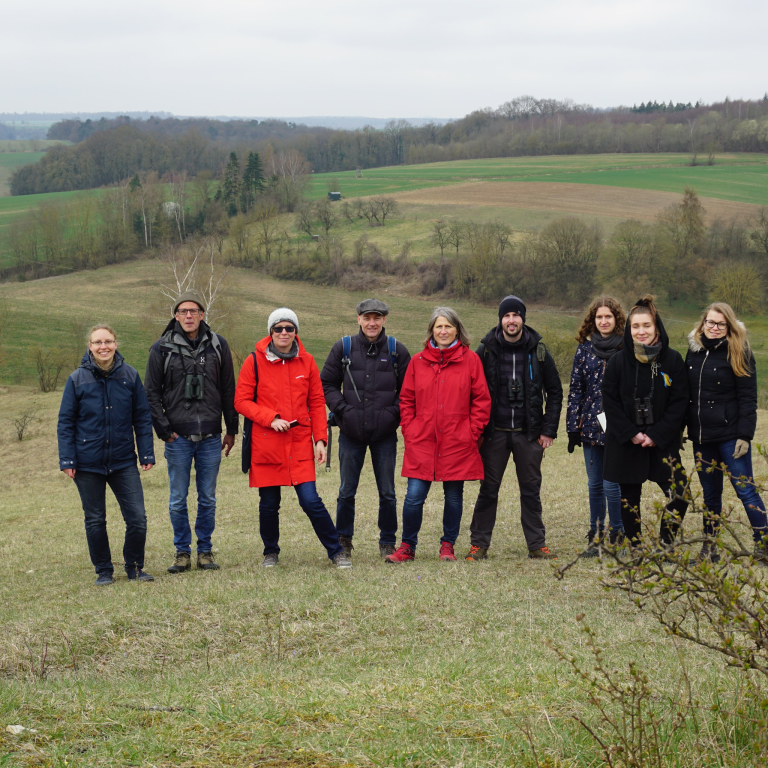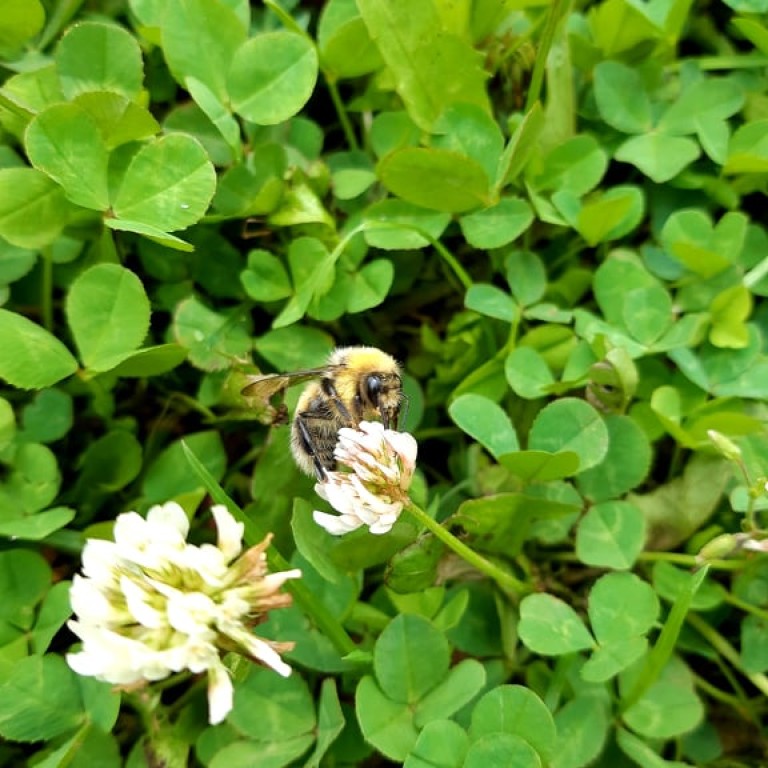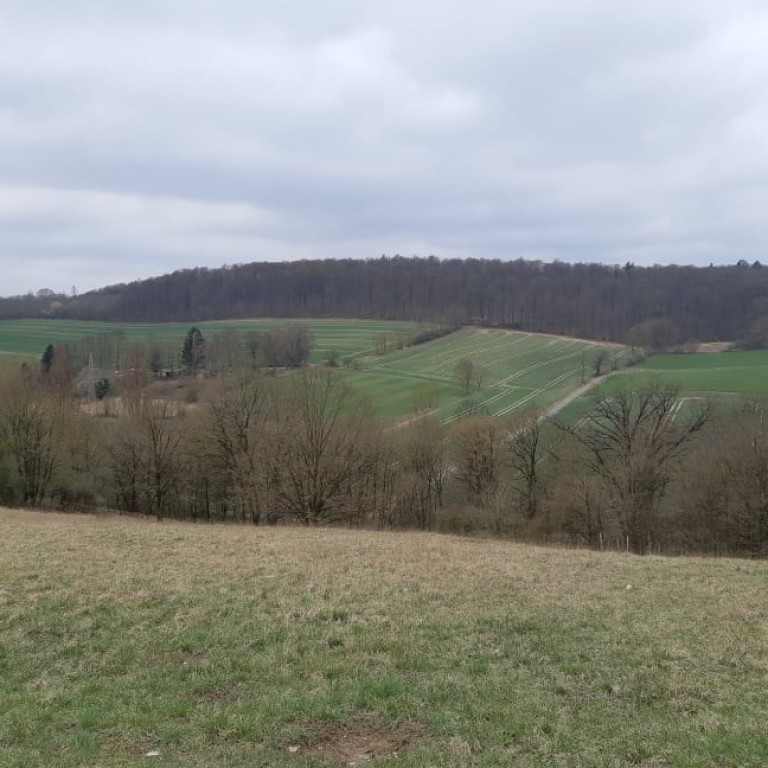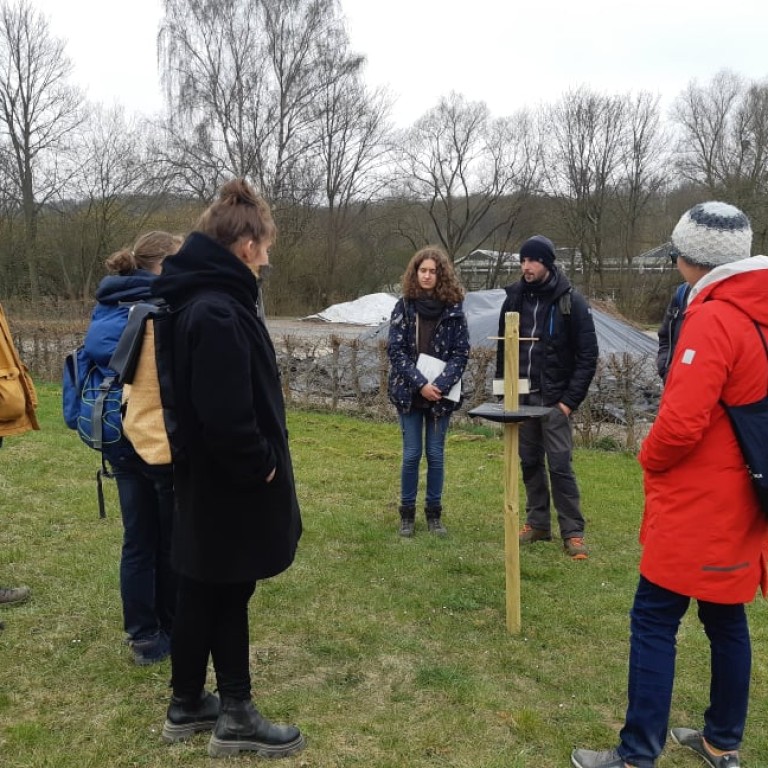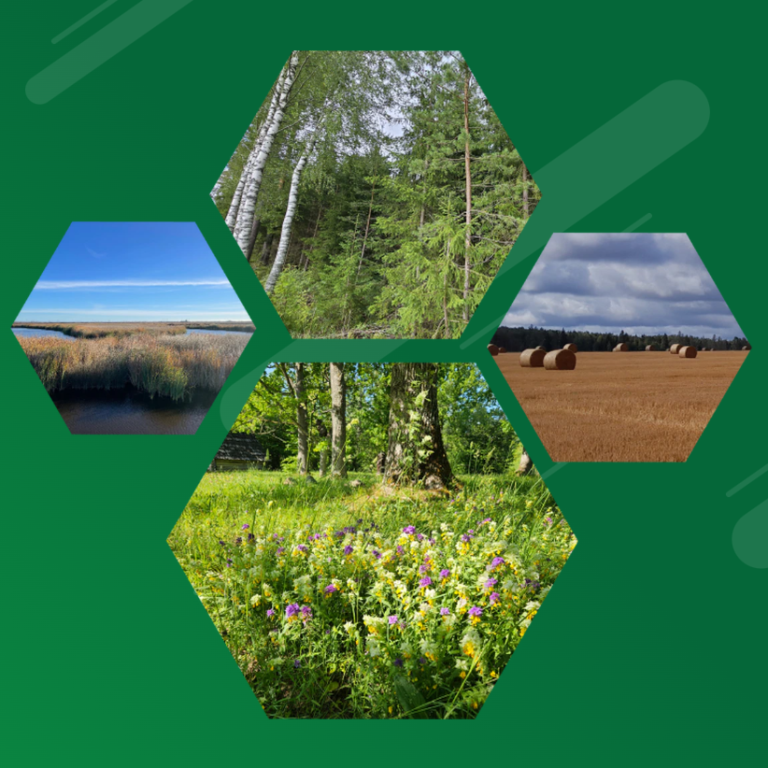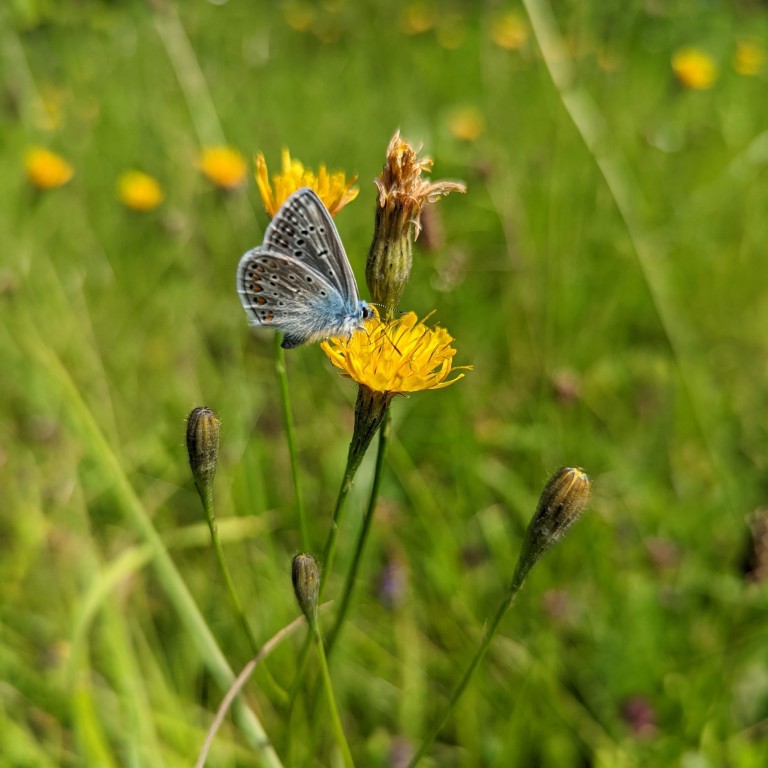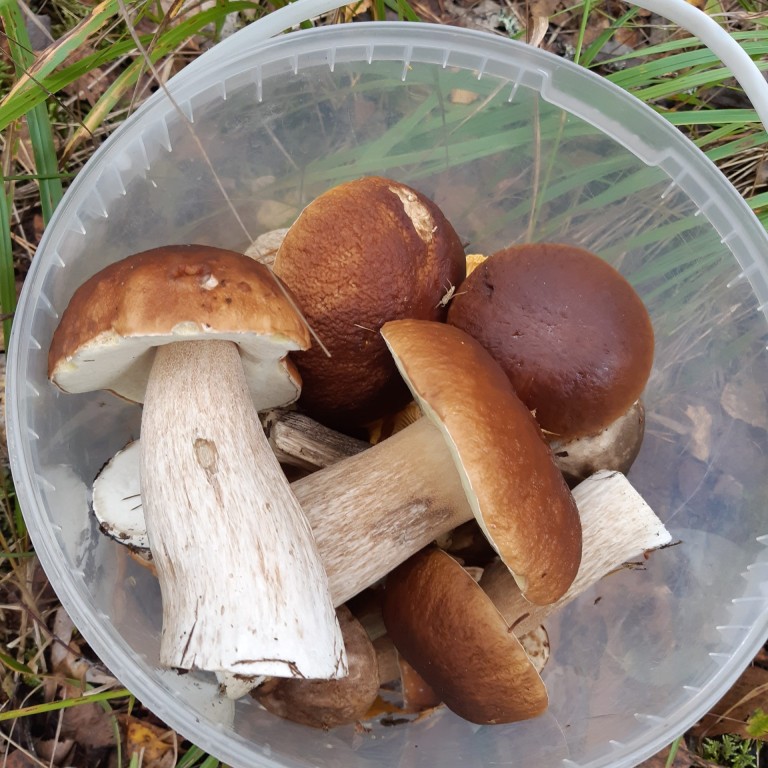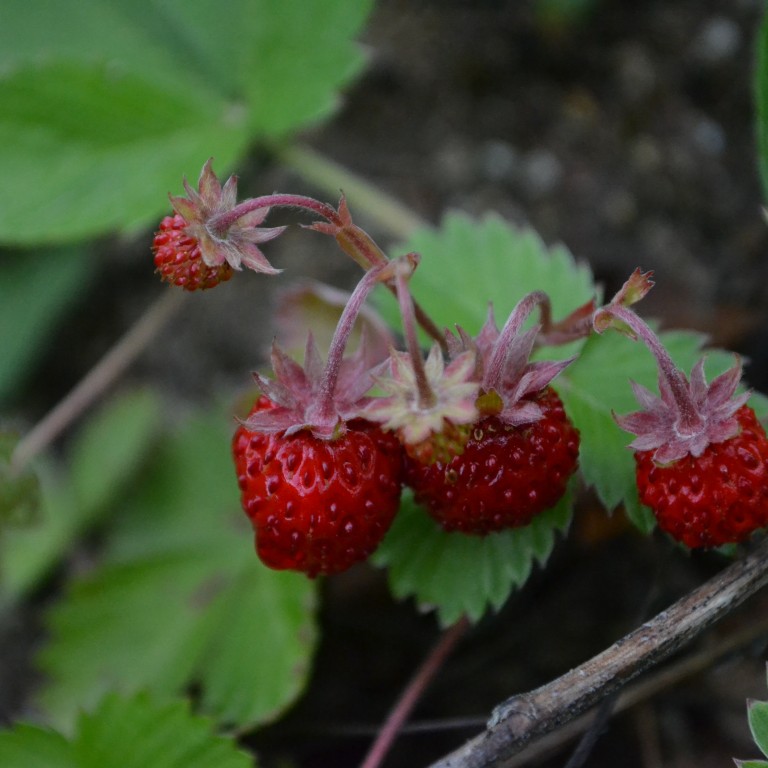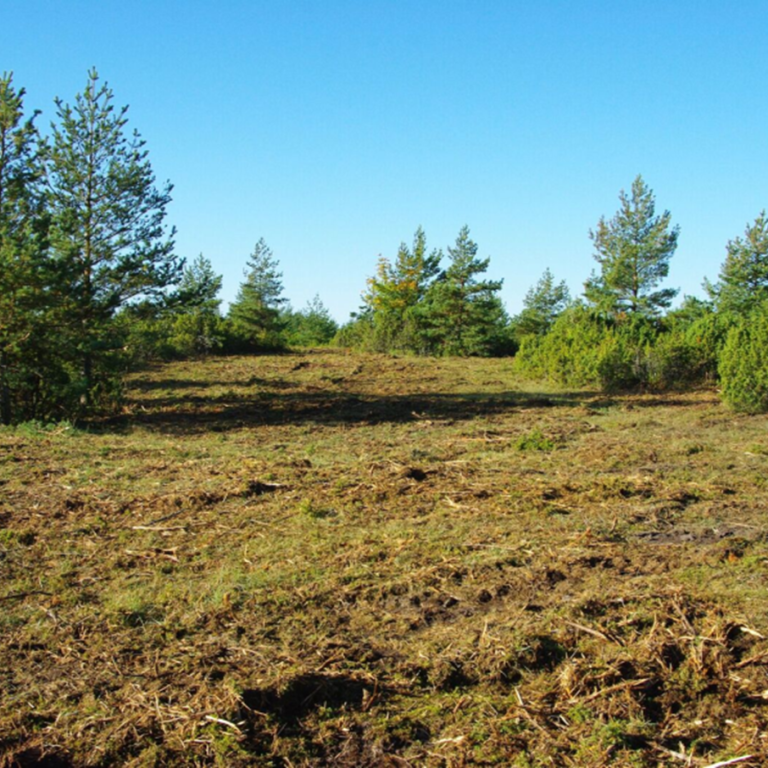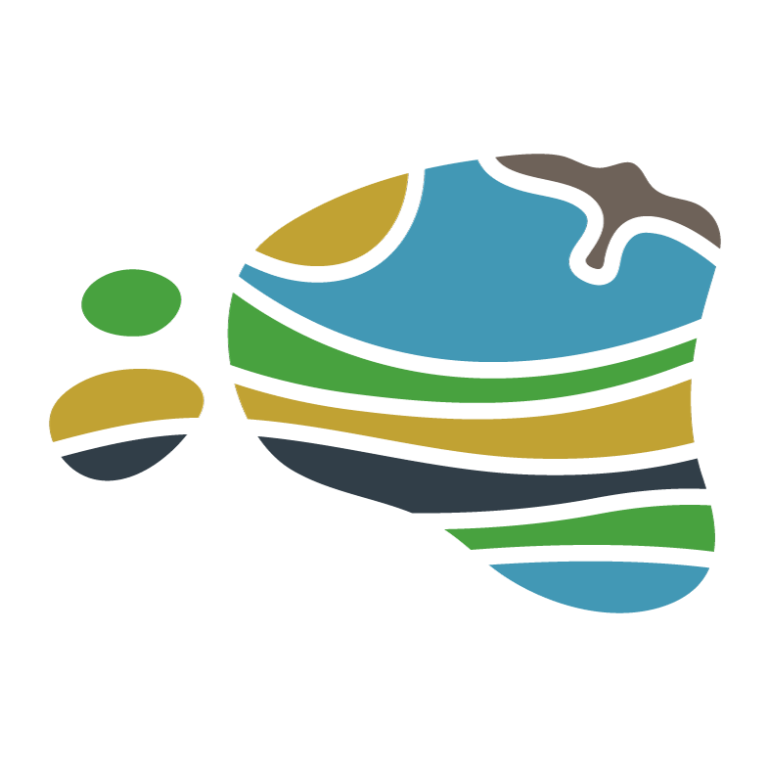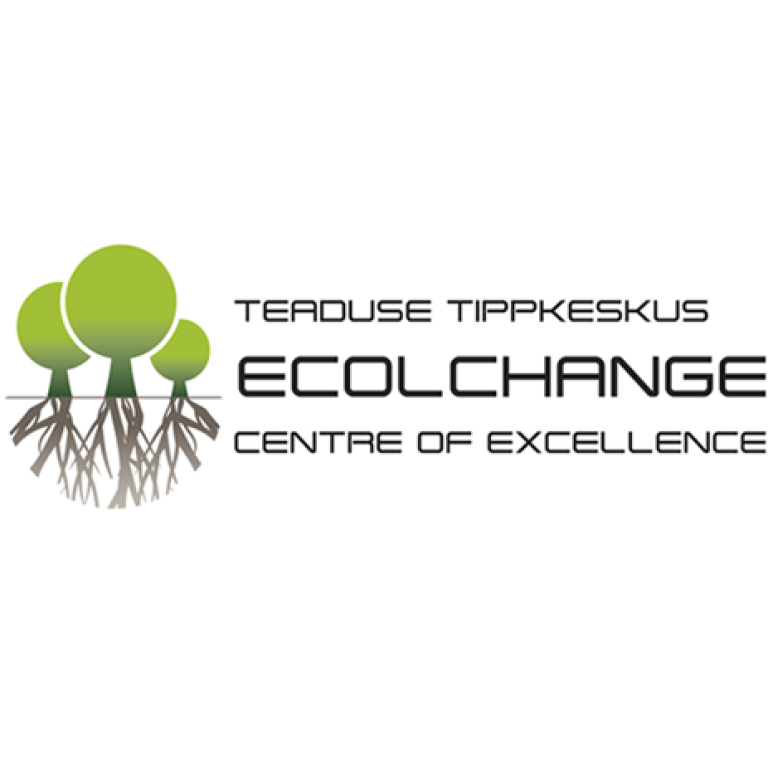Interactive effects of local and landscape scale restoration of semi-natural grasslands and agricultural fields on species interactions and ecosystem functions (InterRest)
Duration: 2022-2025
Calcareous grasslands were created by traditional land use in European cultural landscapes and are one of the most species-rich habitat types. They harbour many rare and highly endangered species but are nowadays often threatened, mainly by abandonment and eutrophication. Hence, restoration measures are urgently needed. However, transnational restoration approaches are missing and evaluations within regional restoration schemes focus usually only on indicator species or species richness and ignore their biotic interactions, ecosystem functions and the landscape context. Especially species interactions are important indicators of restoration success as they are often more sensitive to environmental changes and determine vital functions that are necessary to stabilize ecosystems.
In this project we will investigate species interactions across different trophic levels including (1) plant-soil, (2) plant-pollinator and (3) bird-food resource interactions, in restored and degraded calcareous grasslands that are embedded in different socio-ecological and landscape contexts in three countries (Germany, Spain and Estonia). Additionally, we will measure ecosystem functions including soil functions, pollination and predation. We hypothesize that local restoration measures will lead to more complex and stable interactions and improved ecosystem functions compared to degraded sites. Moreover, we will investigate whether landscape-scale restoration with agri-environment schemes can make local restoration more effective through additive or synergistic effects. We will also analyse the social contexts of the restoration programs and identify key actors who are necessary to achieve local and landscape restoration goals. The results of our project will contribute to several Aichi targets by focussing on habitats with extremely high conservation value. They will inform the European Habitats Directive on the effects of restoration measures on species interactions and ecosystem functions and how they are linked to social networks. Knowledge of the contribution of agri-environment schemes at the landscape scale to the restoration of calcareous grasslands can be integrated in the Common Agricultural Policy. The project will contribute to safeguarding the precious biodiversity in calcareous grasslands, their interactions and functions and promote resilient ecosystems in European cultural landscapes. InterRest is a Biodiversa project where we collaborate with scientists from Germany, Spain, Belgium, Sweden and Netherlands.
Project participants: Aveliina Helm, Tsipe Aavik, Triin Reitalu, Elisabeth Prangel, Elvi Liiv
Funding: Estonian Research Council
See also the project's official website and the project description in ETIS

